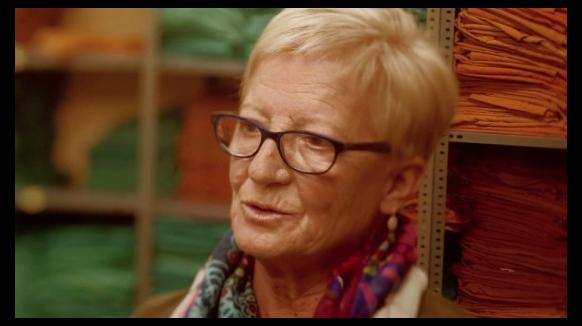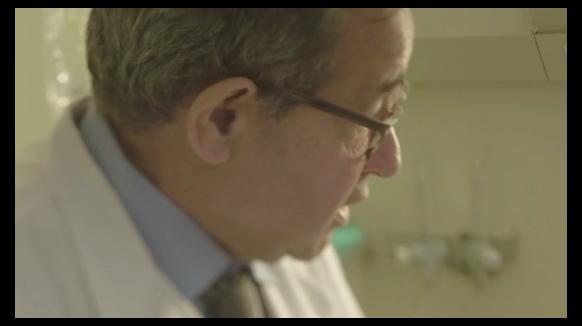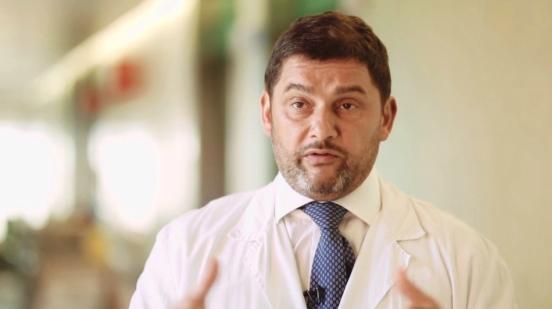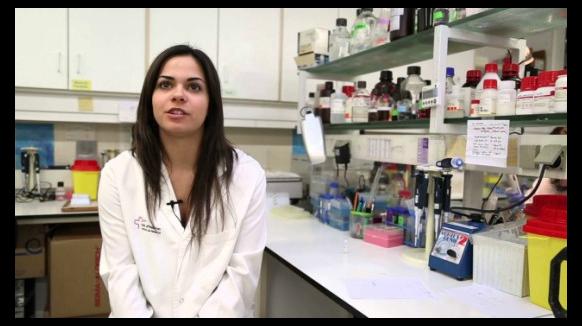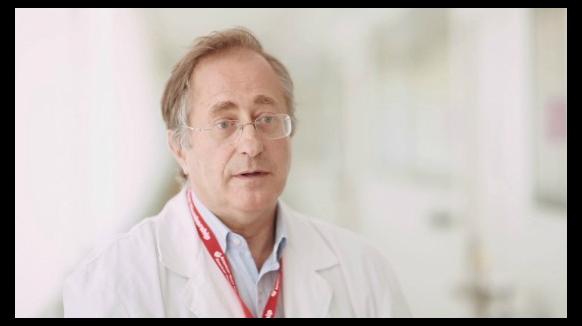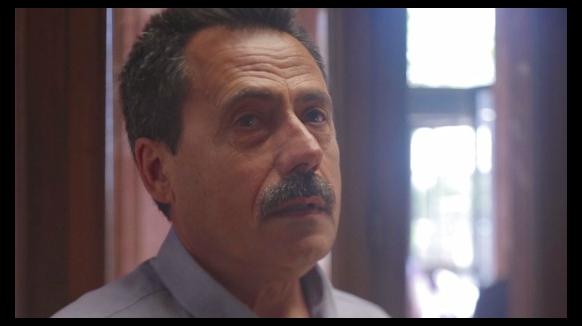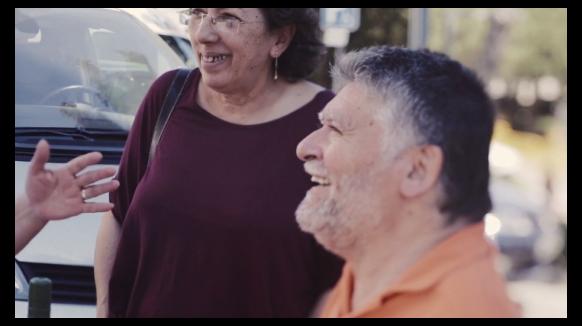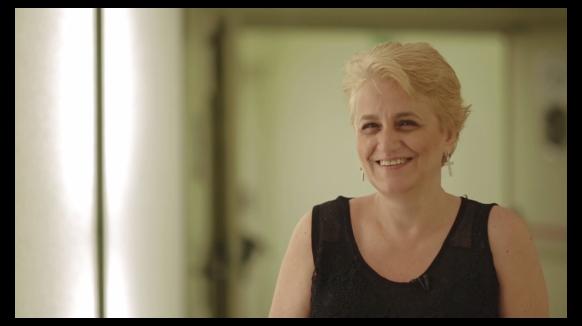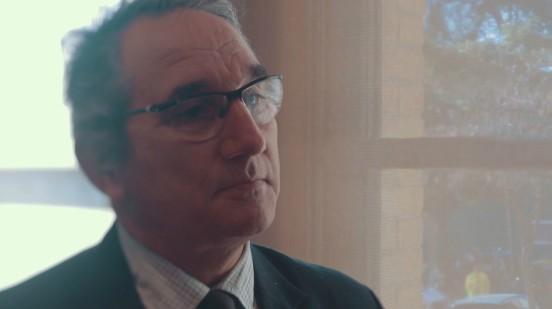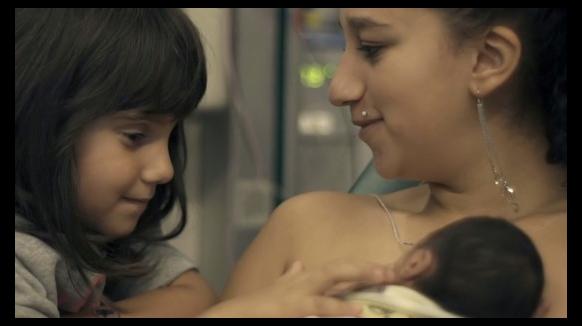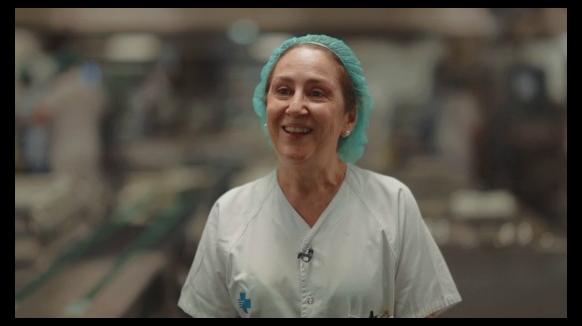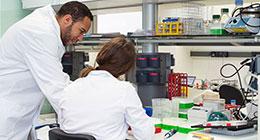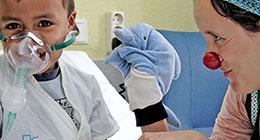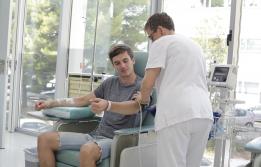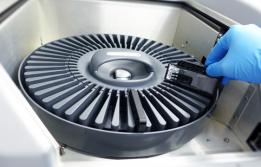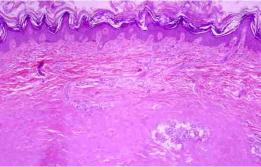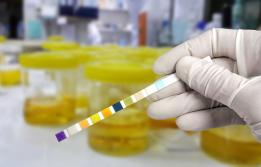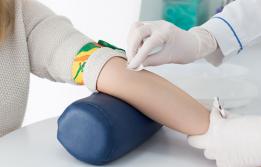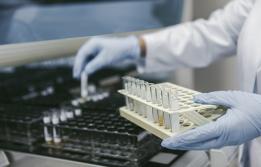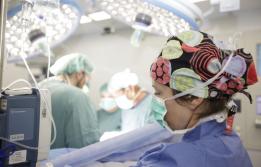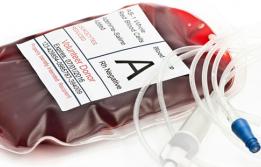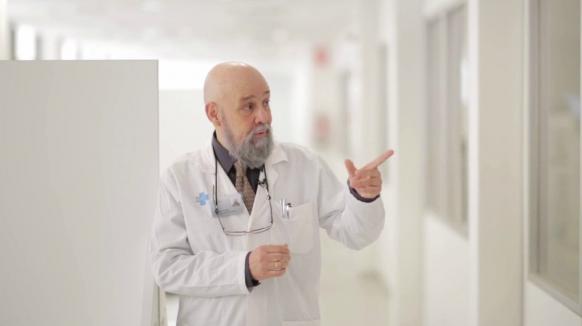Clinical Laboratories
The Clinical Laboratory Department receives up to 6,000 requests every day, more than 15,000 samples and processes up to 60,000 results. They are the largest laboratories in Spain and among the largest in Europe in terms of volume and complexity. They can boast the most innovative technology, allowing the response time to be improved. They have the most advanced diagnostic techniques and a catalogue that includes more than 1,000 tests.
Description
Our Department is characterised by the extensive range of techniques we perform, along with our role as an important tertiary referral hospital. Our reference population covers some 1,200,000 inhabitants, a flow of 6,000 patients a day and more than 60,000 test results, adding up to more than 16,000,000 a year. We work with 15,000 to 18,000 samples a day.
At our Clinical Laboratories we have a catalogue of tests that includes a descriptive list of all the tests we perform (these can be scheduled or required on an emergency basis), the Catalan Health Institute (ICS) code, the unit price and the maximum response time. 30% of the catalogue is carried out in the Core Lab (an automated central laboratory) with fully automated tests and 70% is done in special areas with varying degrees of complexity.
The laboratories have been designed in accordance with the latest organisational trends. They span some 8,780 m2 in total, distributed across three adjacent buildings that are home to the Biochemistry, Haematology, Microbiology, Immunology, Pathological Anatomy, Genetics and Core Lab Departments.
The Core Lab works as a central laboratory, and the Clinical Laboratories are arranged around it. This means we are able to greatly improve work flows. The Core Lab includes all the departments, except Pathological Anatomy. Our system is based on creating working areas for samples, including the Automated Sections of Urine, Serum, Haematology and Haemostasis.
The Automated Urine Section is where these samples are processed, both quantitatively and qualitatively, and also where the automated selection for the urine culture is taken.
The Automated Serum Section has a system using high-capacity automated chains that mean we can perform biochemistry, immunochemistry and serology techniques rapidly, as well as handle urgent tests.
The Automated Haematology Section has two large-capacity processing chains, for both routine and emergency tests, as well as automatic formulas and classifiers for other techniques that are carried out using the same sample, such as glycosylated haemoglobin, erythrocyte sedimentation rate (ESR), etc.
The Automated Haemostasis Section has a chain for routine processing, emergencies and special coagulation tests.
In accordance with current trends in laboratories, as part of our fusion project we have chosen an integrated model in a large laboratory located in the Hospital to help improve cooperation with clinicians. This centralised system of non-analytical areas has staff responsible for: Administration, Information Systems Unit, Preanalytics and Post-Analytics, relationships with primary care centres and the Hospital, which processes 15,000 samples a day. This central laboratory is highly automated and integrates biochemical work, haematology, immunology and serology.
Our Department promotes the generation of knowledge from a range of perspectives, with increased cooperation between services, the creation of transversal platforms to take advantage of technological resources and knowledge, optimisation of the use of information technologies and differentiation between production management and value added.
Our Laboratories are equipped with the most advanced robotics and information systems technology. In the Central Laboratory, cutting-edge automation technology has been implemented, allowing us to better manage samples throughout the process, offer faster processing and increase our capacity to 120,000 daily results. This achieves our twin objectives of improving response time and achieving better patient management. Tests take from 30 to 45 minutes. Tests for urgent patients are available in two hours and tests for critical units are available in three hours.
The extent to which we have incorporated robotics provides greater security and traceability of the samples, and has required significant investment. Unifying the activity of three laboratories into one large central laboratory means savings for taxpayers and allows us to take advantage of economies of scale, meaning we use growth for our benefit.
